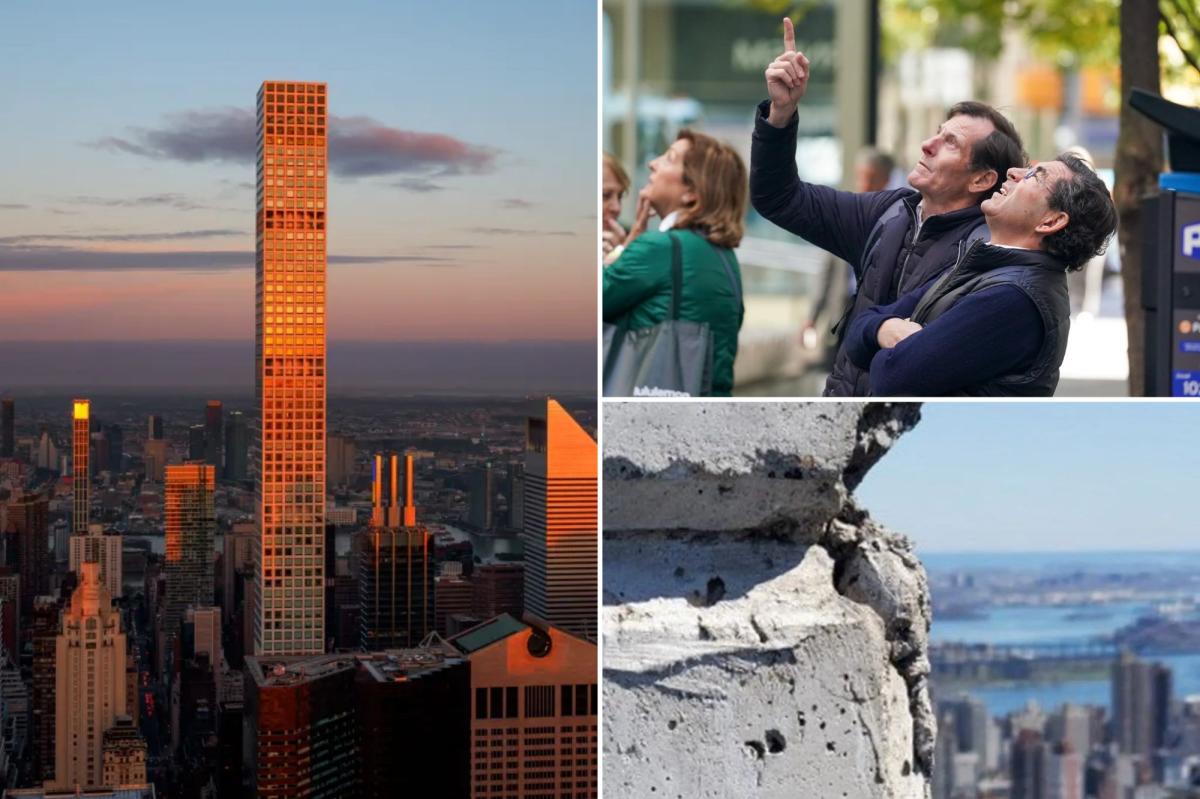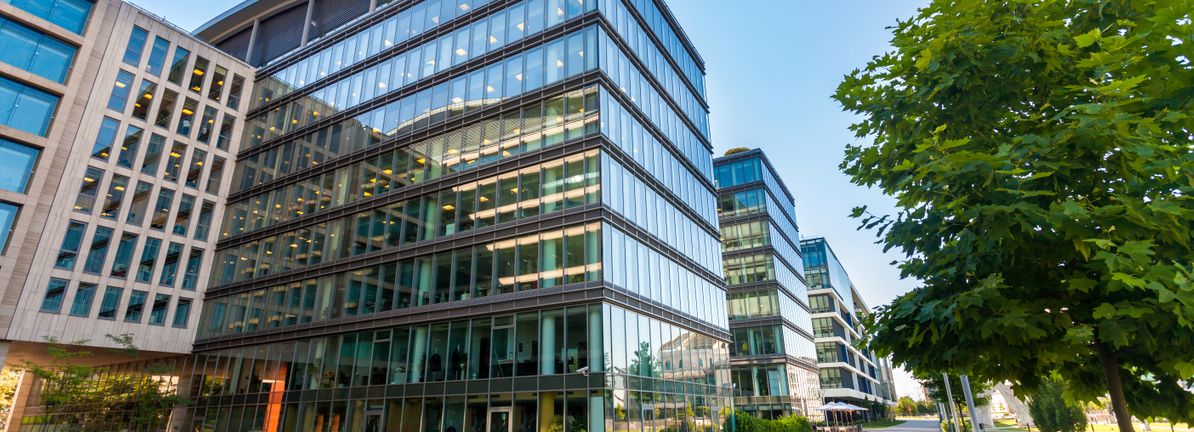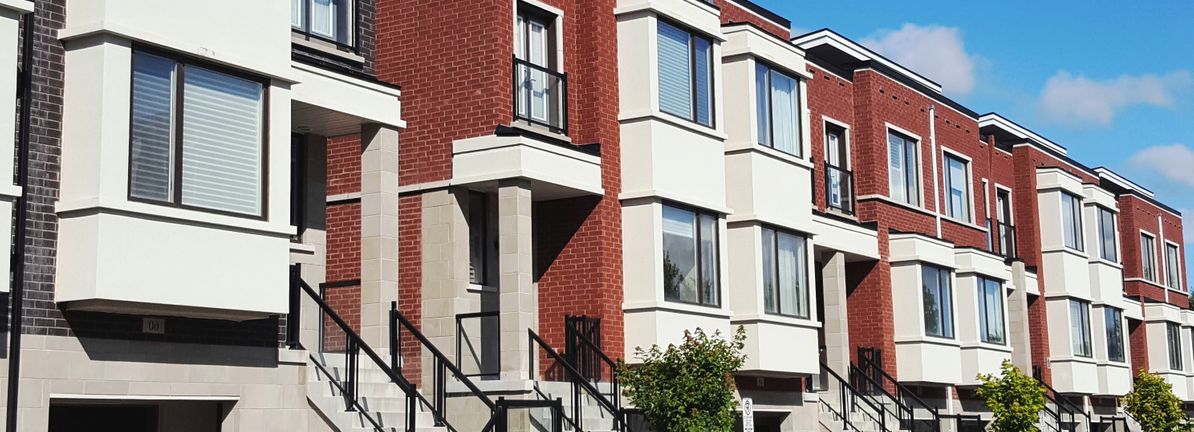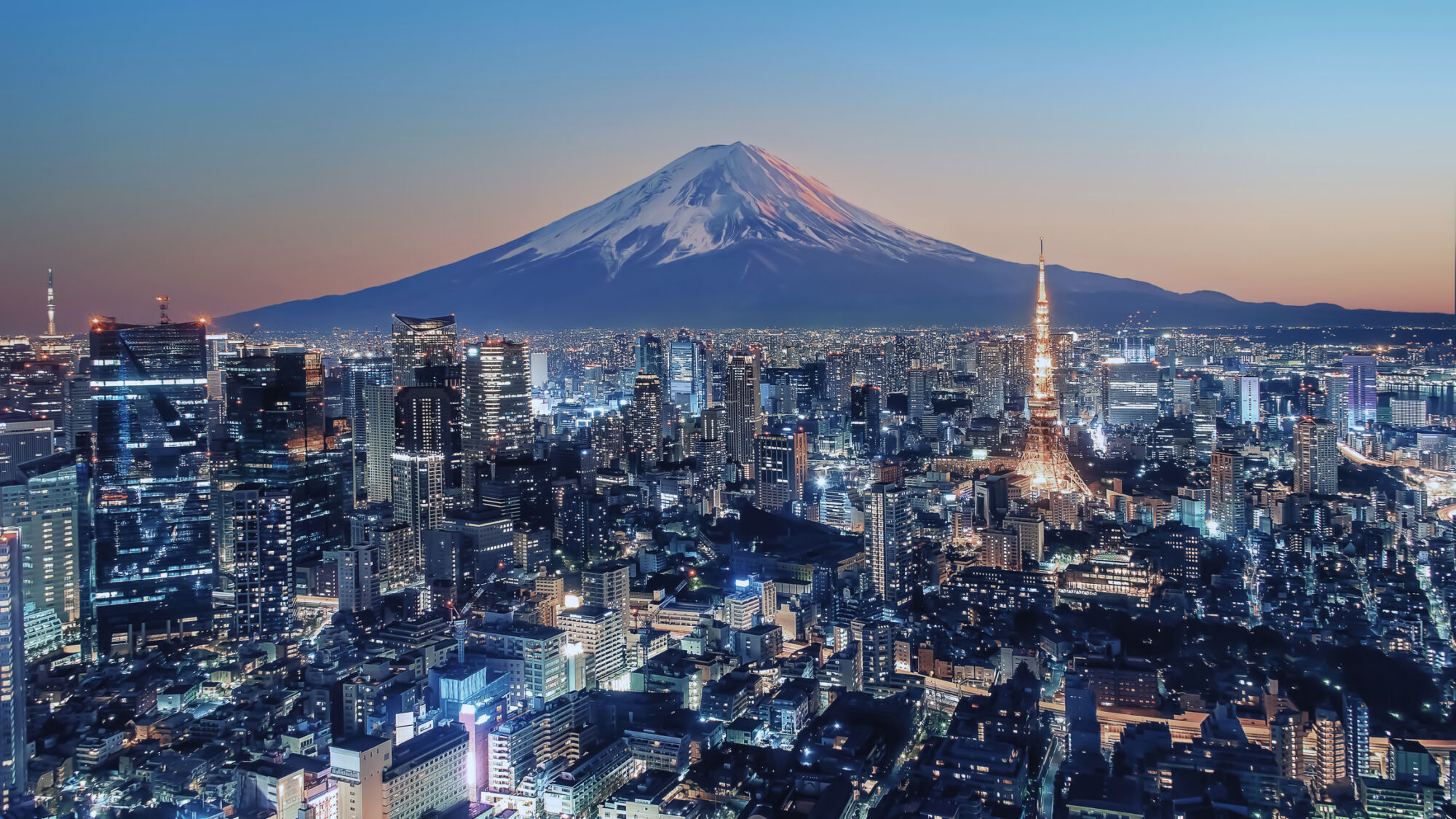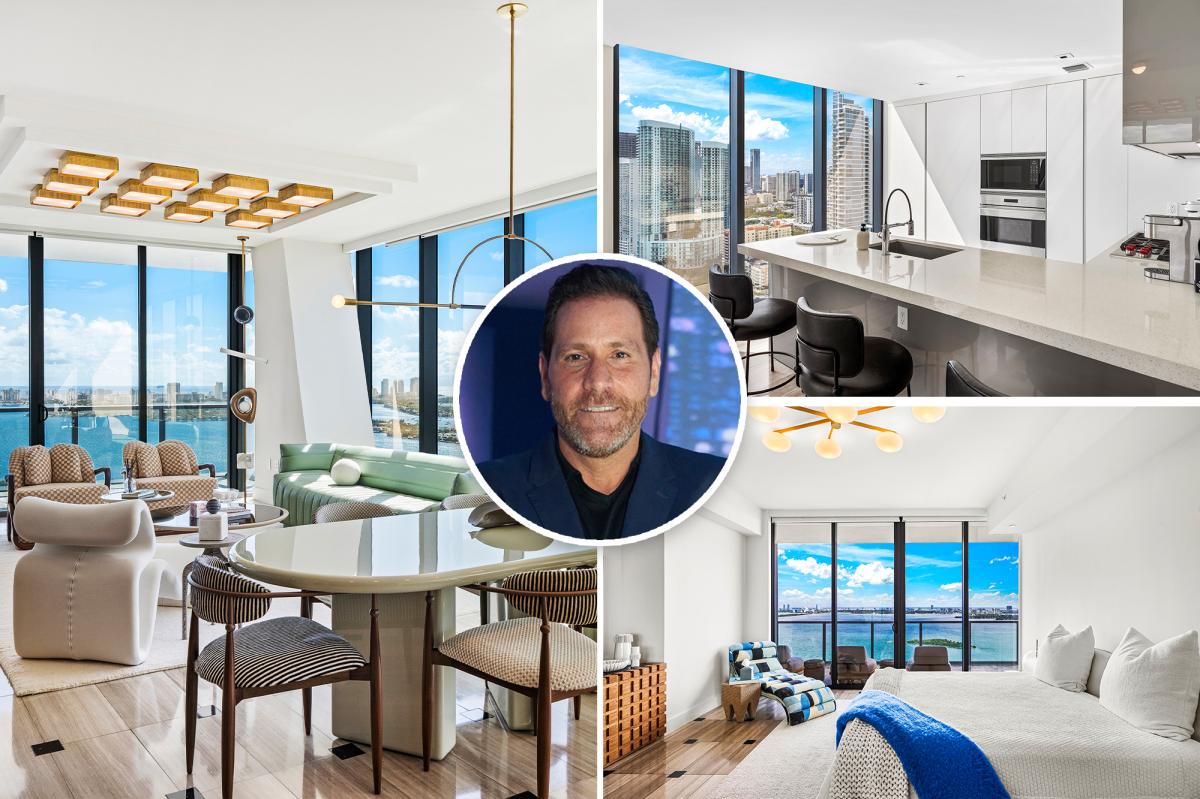4
32 Park Ave was launched as Manhattan’s flagship luxury tower, a 1,400‑foot white‑concrete monolith that promised architectural purity. A decade later, the façade’s pristine reputation has fractured. Engineers, litigators, and brokers now scrutinize the building, while residents face a different reality.
Structural engineer Steve Bongiorno warned that concrete chunks could detach, windows may loosen, elevators fail, mechanical systems break, and water leaks could render the tower uninhabitable. These problems stem from the original construction choices. Developers Harry Macklowe and CIM Group insisted on a brilliant white concrete mix for the 96‑story structure, prioritizing aesthetic over durability. The concrete has since cracked and developed defects that, without a $160 million repair, could worsen.
Early design conflicts surfaced when Rafael Viñoly Architects’ director Jim Herr cautioned in a 2012 internal email that the project was “going down a dangerous and slippery path.” The warning proved accurate. Mock‑ups revealed holes, cracks, and uneven textures, forcing a debate between color and structural integrity. Silvian Marcus of WSP noted that the developers chose color, leading to cracks on the finished façade. The tower’s extreme slenderness ratio of 15:1 and wind‑vulnerable design push it to its limits, Bongiorno added.
Repair estimates vary, but the most comprehensive plan involves a $160 million façade overhaul. Engineers warn that continued deterioration could cause falling debris and system‑wide failures. Despite these concerns, the New York City Department of Buildings has deemed the tower safe and has not mandated protective sidewalk sheds. Suggested mitigation includes sealing and cladding to prevent further water intrusion and structural degradation.
Industry voices are split. One brokerage head called the situation a “disaster” and blamed developers for prioritizing form over function. A former top broker dismissed the drama, claiming everything works and that noise issues were fixed. Some experts label the decision‑making a disaster, while others argue the building remains viable.
Despite headlines, the tower’s market activity persists. In 2024, ten units closed, and high‑end rentals continue to move. An October contract reportedly reached $77,000 per month. Broker Keyan Sanai noted that buyers still trade units at a slight discount, though he cautioned that some overpriced listings—such as Unit 71B at $35 million for three years—are “fool’s errand.” Other units have seen significant price cuts: 94A fell from $33 million to $29.75 million; 66B from $32.5 million to $29.5 million; 55A from $33 million to $29.5 million; 52B from $12.95 million to $10.5 million. Sanai calls the building “the Teflon building,” noting that despite negative press, numbers remain decent.
Resident sentiment varies. A long‑time high‑floor resident insists the building feels safe, dismissing concerns as rumors. Another, living there for seven years, calls the coverage exaggerated but believes any real issues will be fixed. Support staff—nannies, dog walkers, personal trainers—report no widespread complaints from clients. A doorman declined to comment.
Legal battles between the condo board and developers continue, adding another layer of complexity. Yet buyers keep arriving, and the tower remains a global icon, sparking debate over ego‑driven design, engineering risk, and the fragility of luxury real‑estate branding.
